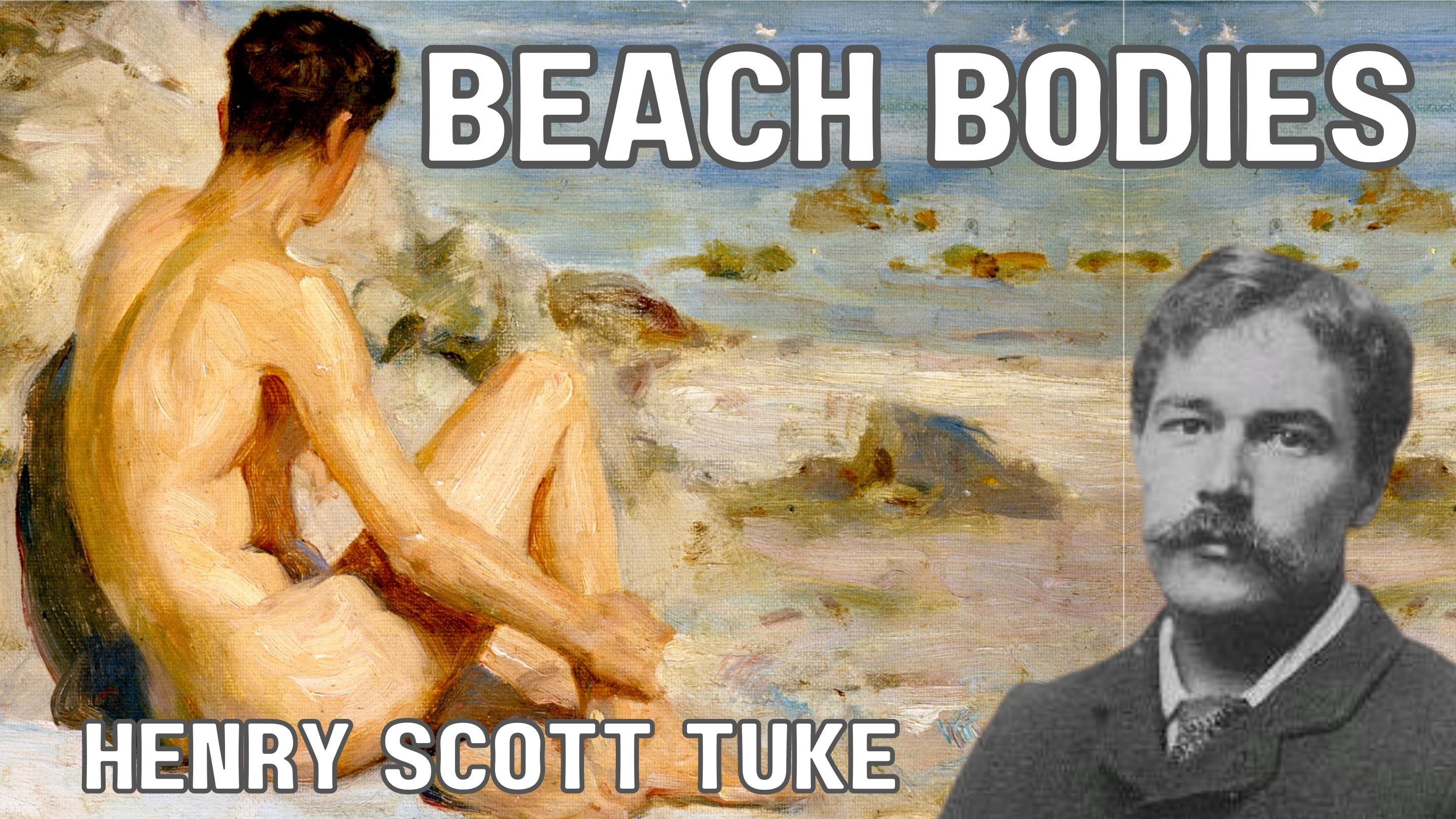Henry Scott Tuke, a visionary artist of the 19th century, not only captured the essence of coastal landscapes but fearlessly explored the human form, particularly in his groundbreaking male nude paintings. In this exploration, we delve into the life, art, and societal impact of Tuke, with a focus on his revolutionary portrayals of male beauty.
1. The Unveiling of Male Sensuality
Tuke's approach to the male nude was revolutionary for his time. Breaking free from societal constraints, he portrayed the male form with a rare combination of sensitivity and boldness. His paintings challenged norms, providing an intimate and unapologetic celebration of the natural beauty of the male physique.
2. Falmouth's Influence on Tuke's Male Nudes
Falmouth, the picturesque coastal town where Tuke spent much of his life, played a pivotal role in shaping his vision of the male form. The unique interplay of light on the beaches and cliffs became a backdrop for Tuke's exploration of male sensuality, infusing his works with a distinct coastal allure.
3. Breaking Boundaries in Victorian Society
In an era marked by conservative values, Tuke's daring depictions of male nudes were both groundbreaking and controversial. His willingness to challenge societal norms and present the male form in all its natural beauty opened up discussions on sensuality, identity, and the role of art in shaping cultural perceptions.
4. Technique and Aesthetic Mastery
Tuke's technique in portraying the male nude was marked by a meticulous attention to detail and an understanding of anatomy. His use of light and shadow emphasized the sculptural quality of the figures, creating a visual poetry that resonates with viewers even today.
5. Notable Works: Exploring Tuke's Male Nude Portfolio
5.1 "The Bathers"
One of Tuke's seminal works, "The Bathers" is a testament to his ability to capture the vulnerability and strength of the male form. The composition, with its play of sunlight on the bodies of the bathers, exemplifies Tuke's mastery in conveying sensuality through art.
5.2 "Gleaming waters"
In "Gleaming waters," Tuke skillfully intertwines the beauty of the ocean with the human form. The glistening waves serve as a metaphor for the luminosity he saw in the male physique, creating a harmonious blend of nature and sensuality.
6. Tuke's Influence on Modern Art
Tuke's exploration of the male nude resonates with contemporary artists who continue to push the boundaries of representation. His legacy extends beyond his time, inspiring creators to challenge societal norms and celebrate the diversity of human expression.
7. FAQs
Q1: Why did Tuke choose to paint male nudes?
A: Tuke believed in celebrating the beauty of the human form, and his choice to focus on male nudes was a deliberate effort to challenge societal norms and present a more inclusive vision of sensuality.
Q2: How did Victorian society react to Tuke's male nude paintings?
A: Tuke faced both admiration and criticism. While some appreciated his artistic boldness, others found his work provocative and challenging to the prevailing moral standards of the time.
Q3: What distinguishes Tuke's approach to the male nude from his contemporaries?
A: Tuke's approach was characterized by a unique blend of sensitivity and boldness. His meticulous technique and ability to capture the essence of male beauty set his work apart in an era dominated by conservative artistic norms.



